Retaining Wall Backfill: 11 Problems You Could Face
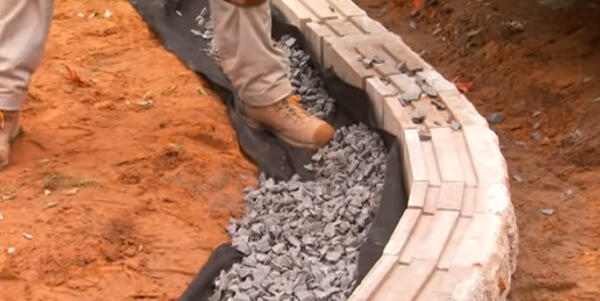
Retaining Walls are designed to be constructed as a structure that holds the soil behind it. One of the main purpose of retaining wall is to resist the lateral pressure brought by the soil materials when difference of elevation is present. This retaining wall prevents the possible collapse of the soil materials.
To design a retaining wall, there are some consideration to take account, these are the internal friction of the soil material, its cohesive strength and the direction of the retaining structure. Retaining Walls shall also provide efficient drainage to make sure that no additional pressure, specifically water pressure, which will contribute to the excessive pressure that the retaining wall resists. If this happen, collapse may happen which is dangerous.
For this reason, soil material is one of the most important consideration in designing a retaining wall. These are some of the information one should know before designing a retaining wall.
earth rammer start from $150
Contents
What Do You Use To Backfill A Retaining Wall
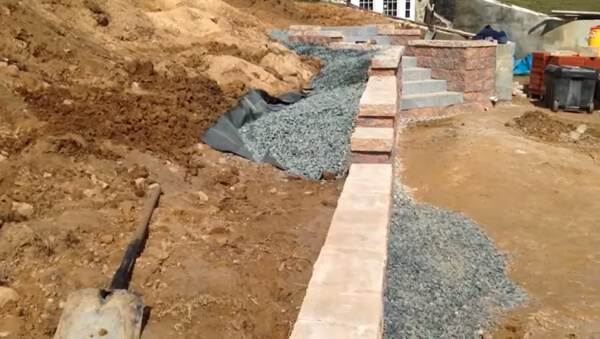
There can be different soil material that can be used as a backfill for as long as it complies with the structural requirement. But the best material used for backfilling a retaining wall are well-graded gravel.
Gravel are best material because of its geotechnical properties. It has small void ratio, because of this, it retains less water compared to other soil material. When a soil material absorbs a good amount of water, it can contribute to the additional pressure the retaining wall resist which exceeds its designed strength.
When this happen, structural damages may happen and contribute to damages. Gravel on the other hand, retains less water which means lesser lateral pressure. Others, may also consider other coarse-graded soil. These are gravelly and sandy type of soil and ranges from clayey sands to high quality gravel-sand mixture.
Coarse-grade soil are the most popular because it has high quality properties and exhibits slight to no plasticity. These type of soil are easy to compact and provides a good support for the foundation.
How To Backfill Behind A Retaining Wall
The enemy of retaining wall is the additional pressure brought by water pressure as well as the weight of water the soil material retained. To address this issue the first step is to provide drainage pipe at the base.
After such, provide a concrete layer to lessen the stress and protect the embedded drainage pipe. Lay your first layer of gravel and compact to make sure no void is present which will cause the backfill to settle. Provide the succeeding gravel to your area up to 3/4 of the entire height of the retaining wall.
Compact your gravel to ensure stability of the backfill soil material. In some cases, geogrid should be added for additional support to stabilize the wall. Lastly, fill the gap with native soil or capstone to seal the top of the backfill. The purpose is to make sure that lesser water penetration will happen during heavy rains.
It is necessary and required to compact your backfill material. Soil compaction is the process of applying pressure and/or vibration to lessen the voids between the particles which results to an increase of soil density.
This process results to improvement of soil properties like:
- increases the shear strength and load bearing capacity;
- increases the soil slope stability;
- lessen the void ration which means lesser water seepage and
- increases the stiffness which lessens the settlement during working load.
How Much Backfill Behind A Retaining Wall
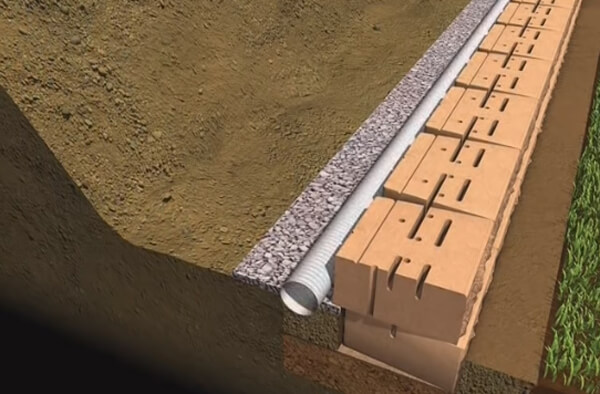
The backfill depends on the volume of the area that needs to be filled up. It is recommended to have a 12 inches width for the retaining wall. To compute for the total volume of the gravel material, calculate the space that needs to be filled. After doing so, divide the volume over the typical volume sold of gravel in your area.
After, estimate the number of truckloads that can carry the total volume of gravel needed to fill the gap.
How To Calculate Backfill For A Retaining Wall
To calculate for the backfill of the retaining wall, find the computed design strength of the retaining wall. Make sure that the lateral pressure, the surcharge and other loads and pressure that acts towards the retaining wall is considered.
Can You Backfill A Retaining Wall With Dirt
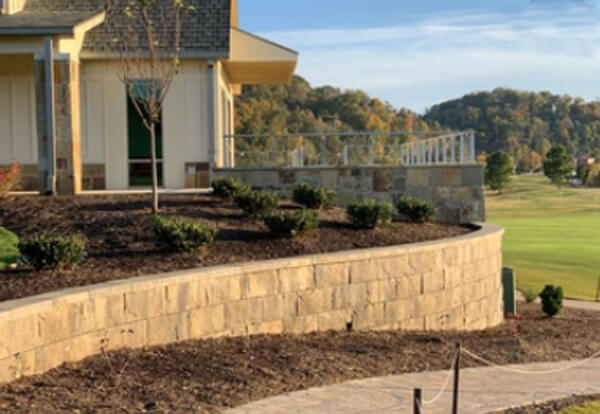
Ideally, backfill should be of material should be of small void material. No organic material such as decomposing dirt, garden soil and soft soil should be used as it make retain too much water that can be an added lateral pressure to the retaining wall.
The ideal material used for backfill are base material, wall rock and drainage stones. This type have properties that makes it difficult to retain water.
Can I Use Sand To Backfill A Retaining Wall
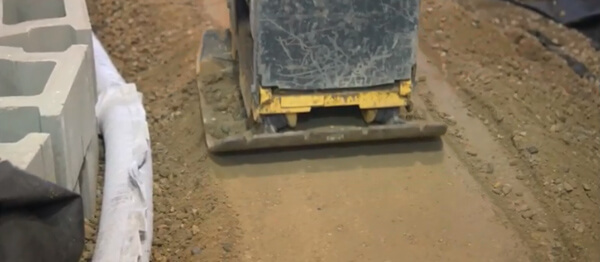
Depending on the type of structure, sand can also be used as a backfill for a retaining wall. Compaction should be done to lessen the void where water may penetrate and a seepage pipe should be provided for additional drainage and to allow water to move forward and not pond on the area.
Can You Backfill Retaining Wall With All Gravel
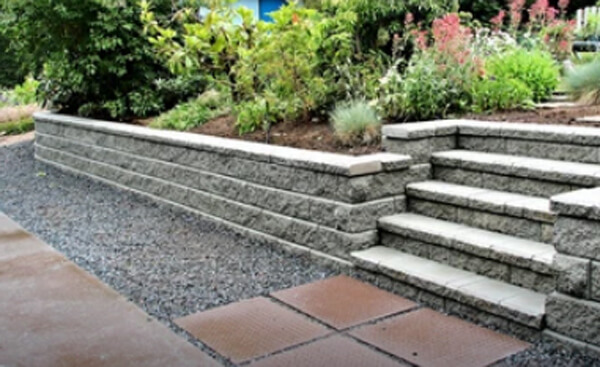
Using all gravel is okay to use for retaining wall especially when it is well-graded. Gravel is the suitable material used for backfill because it holds lesser water compared with other soil type which retains water and add to the pressure of the retaining wall. Gravel should not be more than 3/4 inch. Gravel should be angular and not smooth, it shall also have lesser signs of dust which will run-off during heavy rains.
How High Can You Stack Retaining Wall Blocks Without Backfill
With lateral forces and other pressure, backfill is necessary. If using wall blocks, the wall height should not exceed 4 feet as it may weigh a great load.
How Long Before Backfilling Concrete Retaining Wall
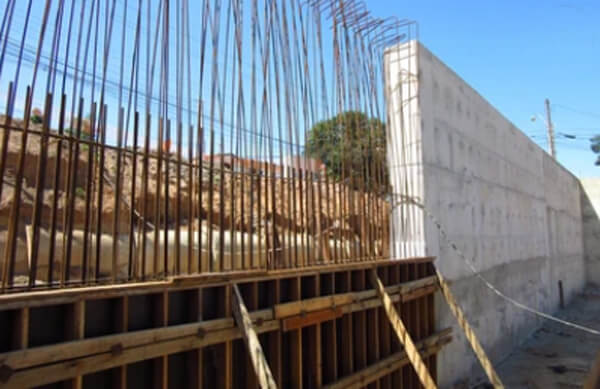
Since retaining wall resist the lateral pressure from the backfill, curing of the concrete retaining wall is critical. After the concreting works, there are things that needs to consider before proceeding with the backfilling.
One of which is if the load of the backfill material exerts or imposes heavy loading or force towards the retaining wall. The backfill material should not significantly affect or cause the structural deterioration or cracks on the foundation. Though some contractors would not necessary wait for 28 days to achieve the foundation’s full design strength or complete hardness, it is safe to wait up to a week or at least 75% of the strength is fulfilled, considering that it is within ideal site temperature condition.
Curing of the retaining wall is an essential process and should not be hurried for the backfilling process as it imposes and a controlling factor whether the structure will be in its designed stability.
What Type Of Gravel To Backfill Retaining Wall
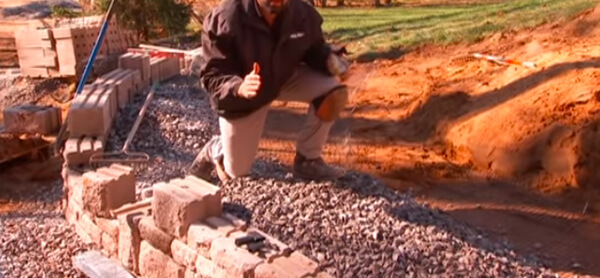
Since gravel are great material for compacting and backfill material because of its void ratio, it should be of sizes not greater than 3/4 inch. With this, compaction will not be hard to be done and allows the surface water to drain rapidly, especially that your provided drainage on the base of your backfill layer.
With this, lesser additional pressure, brought by water, pushes towards the retaining wall. Another thing is, over time, lesser settlement will happen which affects the stability of the structure above the backfill material.
What Size Gravel To Backfill A Retaining Wall
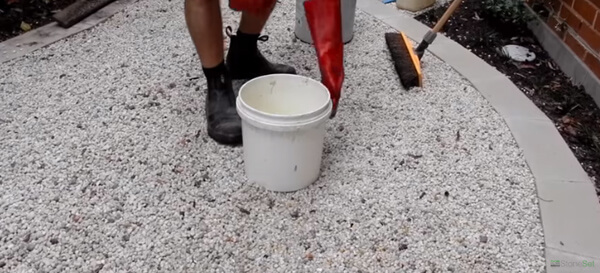
Gravel used for backfill in retaining wall should not be greater than 3/4 inch. Any sizes above it will allow more spaces between the gravel particle which will be voids that water will fill up during rainy days. Also, compaction will be harder as the sizes go up and significant settlement might happen during such.
Therefore, one must only use gravel with sizes lesser or equal to 3/4 inch.
rammer compactor start from $150
Conclusion
Retaining wall are constructed in a way to avoid problems when lateral pressure is added. Some pressure from the backfill material pressure are sliding, overturning and soil bearing.
The good thing is now that you know what problems may affect the stability of the retaining wall, this will be address during the design process. With this, backfill materials should not only be of well graded material or gravel but should be compacted well. Well compacted gravel backfill equates to a stabilized material which the retaining wall is designed for.
Another is that, the foundation of the retaining wall should be built well too as it can contribute to the stability of your retaining wall.
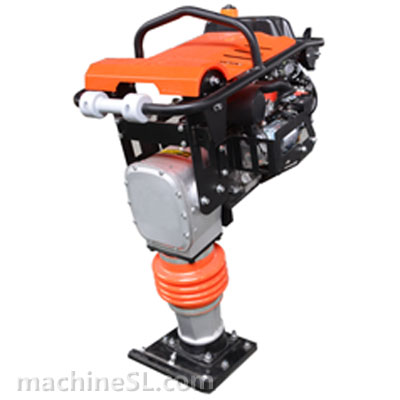

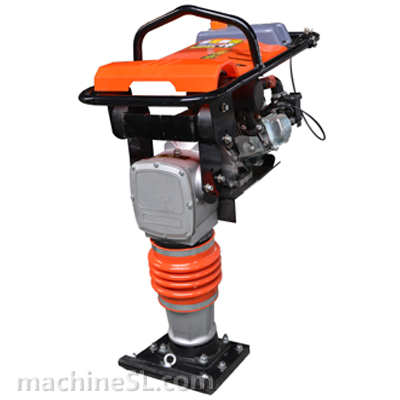
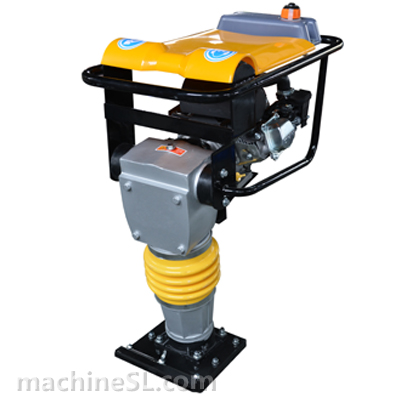
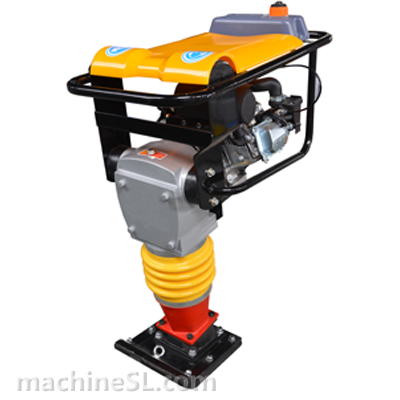
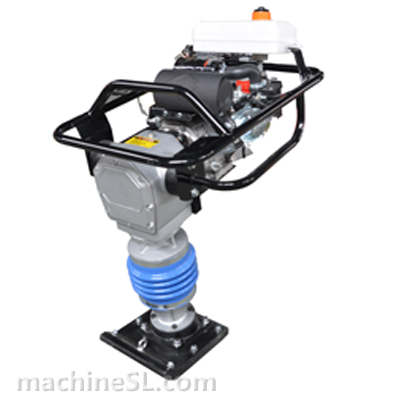
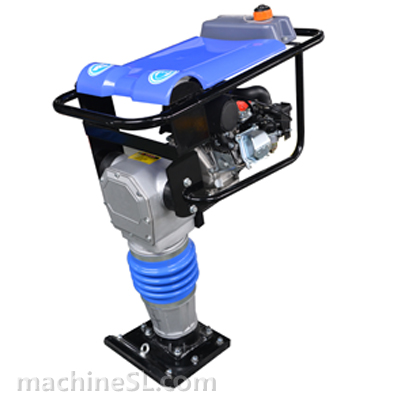
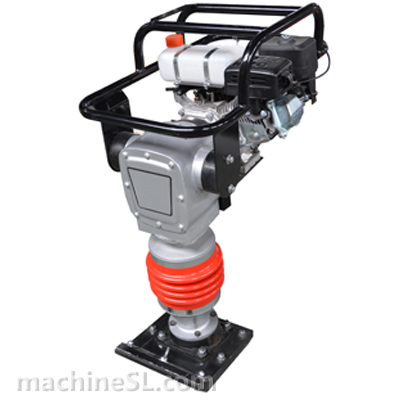
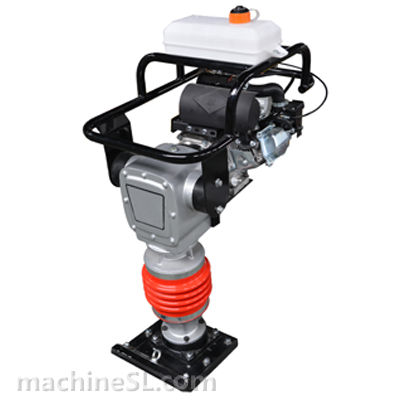
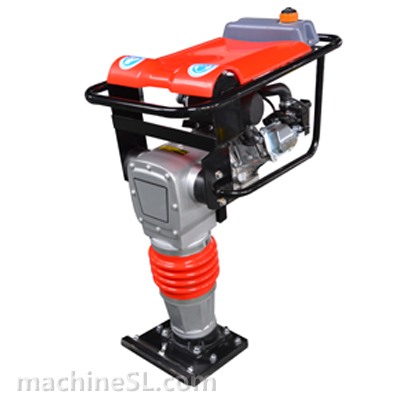
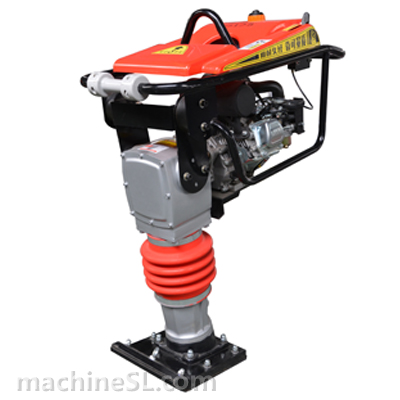
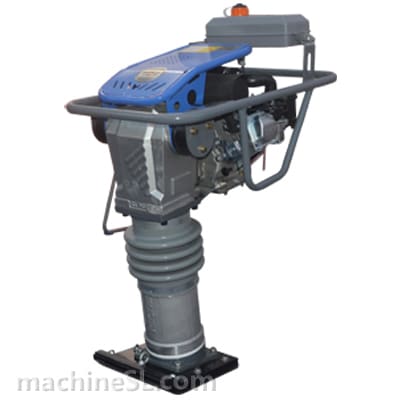
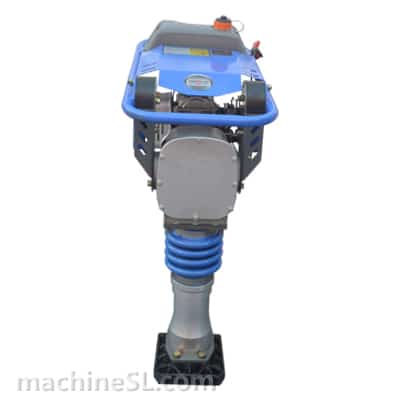
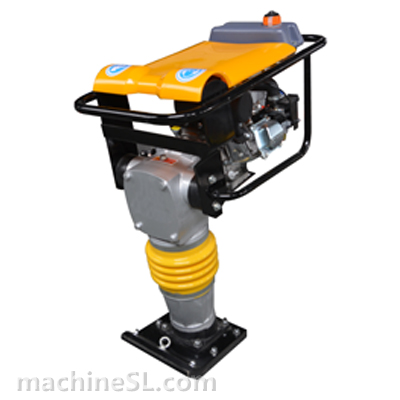
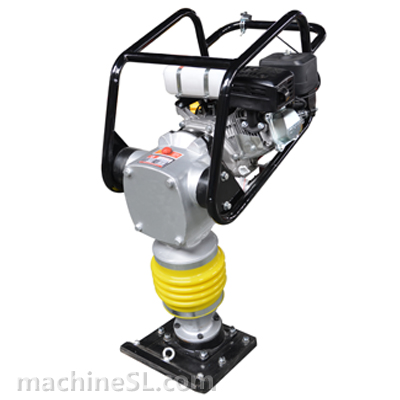
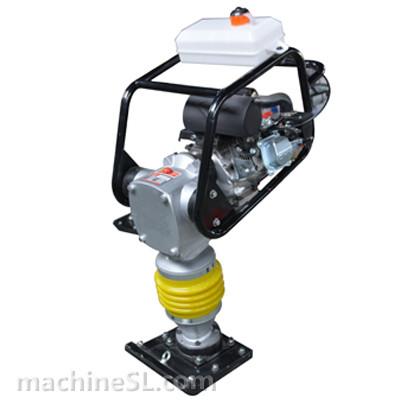
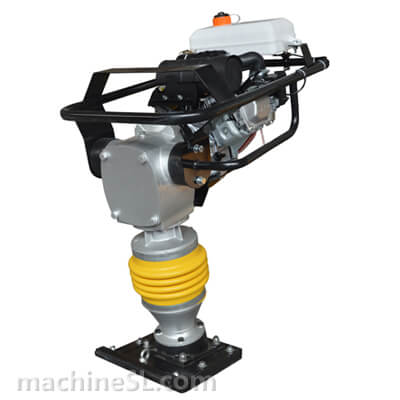
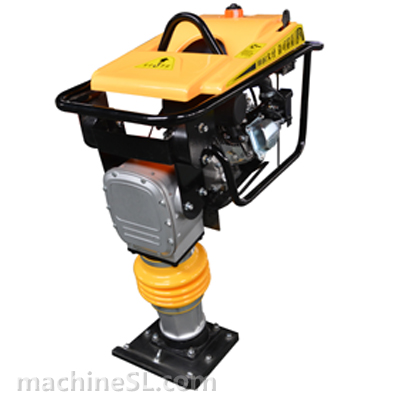
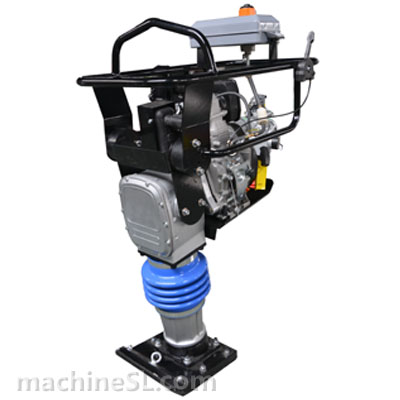
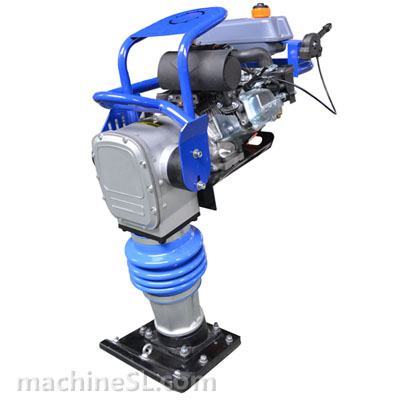
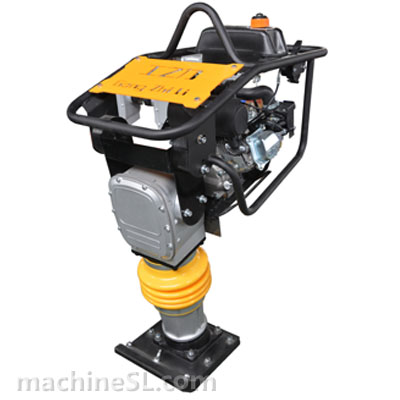
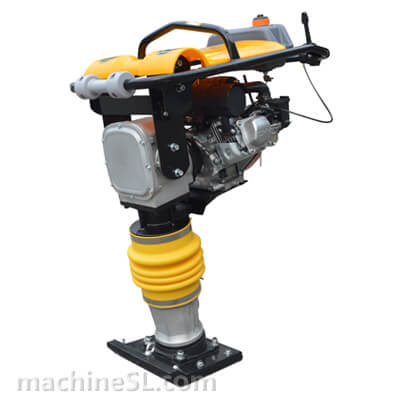
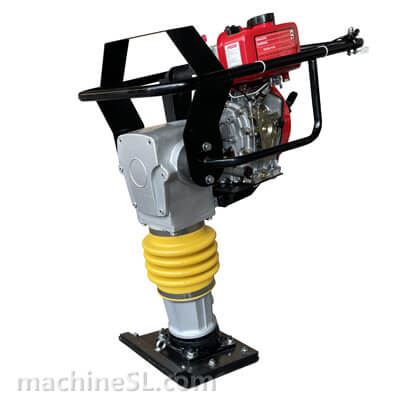
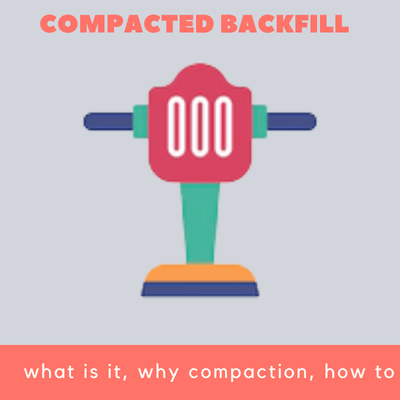
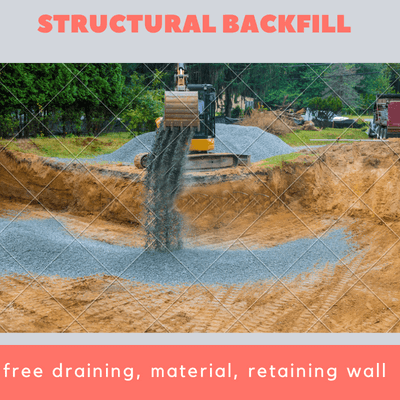
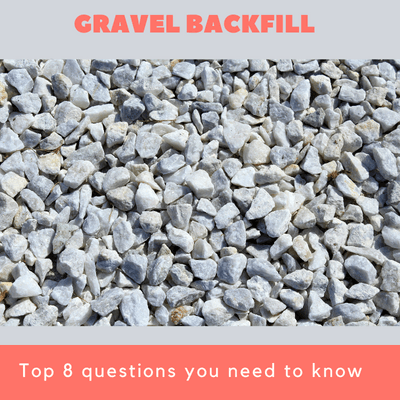
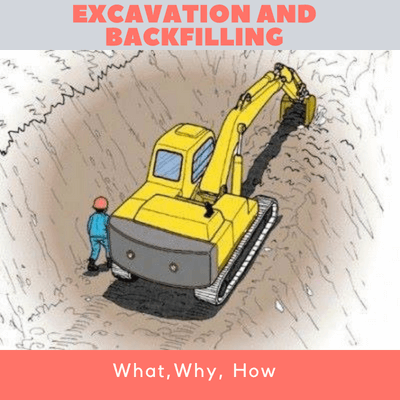
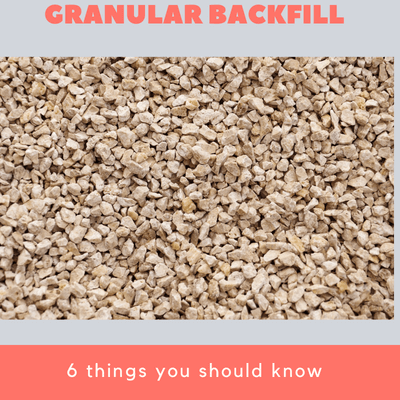
Leave A Comment